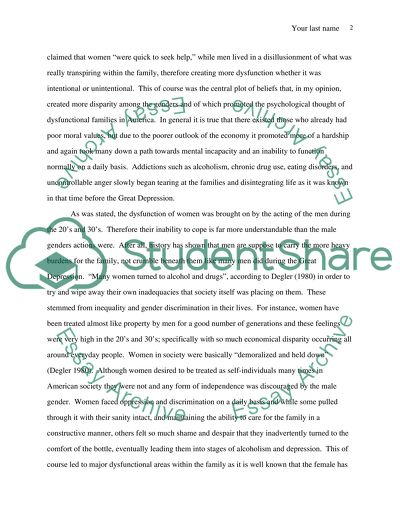Cite this document
(“Dysfunctional Families of the 1920s Essay Example | Topics and Well Written Essays - 1500 words”, n.d.)
Dysfunctional Families of the 1920s Essay Example | Topics and Well Written Essays - 1500 words. Retrieved from https://studentshare.org/miscellaneous/1516024-dysfunctional-families-of-the-1920s
Dysfunctional Families of the 1920s Essay Example | Topics and Well Written Essays - 1500 words. Retrieved from https://studentshare.org/miscellaneous/1516024-dysfunctional-families-of-the-1920s
(Dysfunctional Families of the 1920s Essay Example | Topics and Well Written Essays - 1500 Words)
Dysfunctional Families of the 1920s Essay Example | Topics and Well Written Essays - 1500 Words. https://studentshare.org/miscellaneous/1516024-dysfunctional-families-of-the-1920s.
Dysfunctional Families of the 1920s Essay Example | Topics and Well Written Essays - 1500 Words. https://studentshare.org/miscellaneous/1516024-dysfunctional-families-of-the-1920s.
“Dysfunctional Families of the 1920s Essay Example | Topics and Well Written Essays - 1500 Words”, n.d. https://studentshare.org/miscellaneous/1516024-dysfunctional-families-of-the-1920s.


